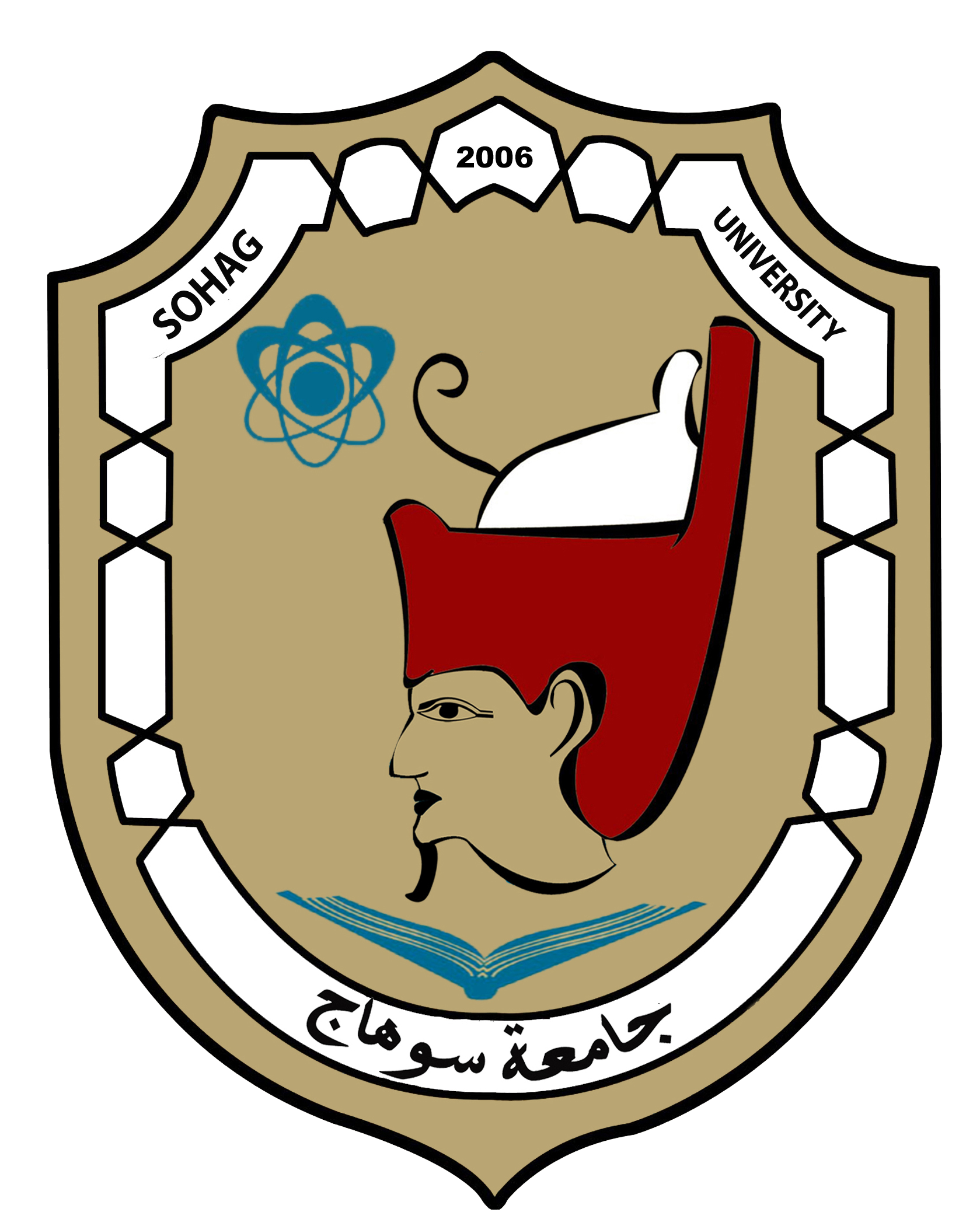اشترك بالحزمة الذهبية واحصل على وصول غير محدود شمرا أكاديميا
تسجيل مستخدم جديدLarge zero-bias peaks in InSb-Al hybrid semiconductor-superconductor nanowire devices
453
0
0.0
(
0
)
اسأل ChatGPT حول البحث

ﻻ يوجد ملخص باللغة العربية
We report electron transport studies on InSb-Al hybrid semiconductor-superconductor nanowire devices. Tunnelling spectroscopy is used to measure the evolution of subgap states while varying magnetic field and voltages applied to various nearby gates. At magnetic fields between 0.7 and 0.9 T, the differential conductance contains large zero bias peaks (ZBPs) whose height reaches values on the order 2e2/h. We investigate these ZBPs for large ranges of gate voltages in different devices. We discuss possible interpretations in terms of disorder-induced subgap states, Andreev bound states and Majorana zero modes.
قيم البحث
اقرأ أيضاً
We report electron transport studies of a thin InAs-Al hybrid semiconductor-superconductor nanowire device using a four-terminal design. Compared to previous works, thinner InAs nanowire (diameter less than 40 nm) is expected to reach fewer sub-band
regime. The four-terminal device design excludes electrode contact resistance, an unknown value which has inevitably affected previously reported device conductance. Using tunneling spectroscopy, we find large zero-bias peaks (ZBPs) in differential conductance on the order of $2e^2/h$. Investigating the ZBP evolution by sweeping various gate voltages and magnetic field, we find a transition between a zero-bias peak and a zero-bias dip while the zero-bias conductance sticks close to $2e^2/h$. We discuss a topologically trivial interpretation involving disorder, smooth potential variation and quasi-Majorana zero modes.
Majorana fermions are particles identical to their own antiparticles. They have been theoretically predicted to exist in topological superconductors. We report electrical measurements on InSb nanowires contacted with one normal (Au) and one supercond
ucting electrode (NbTiN). Gate voltages vary electron density and define a tunnel barrier between normal and superconducting contacts. In the presence of magnetic fields of order 100 mT we observe bound, mid-gap states at zero bias voltage. These bound states remain fixed to zero bias even when magnetic fields and gate voltages are changed over considerable ranges. Our observations support the hypothesis of Majorana fermions in nanowires coupled to superconductors.
Hybrid superconductor-semiconducting nanowire devices provide an ideal platform to investigating novel intragap bound states, such as the Andreev bound states (ABSs), Yu-Shiba-Rusinov (YSR) states, and the Majorana bound states. The competition betwe
en Kondo correlations and superconductivity in Josephson quantum dot (QD) devices results in two different ground states and the occurrence of a 0-$pi$ quantum phase transition. Here we report on transport measurements on hybrid superconductor-InSb nanowire QD devices with different device geometries. We demonstrate a realization of continuous gate-tunable ABSs with both 0-type levels and $pi$-type levels. This allow us to manipulate the transition between 0 and $pi$ junction and explore charge transport and spectrum in the vicinity of the quantum phase transition regime. Furthermore, we find a coexistence of 0-type ABS and $pi$-type ABS in the same charge state. By measuring temperature and magnetic field evolution of the ABSs, the different natures of the two sets of ABSs are verified, being consistent with the scenario of phase transition between the singlet and doublet ground state. Our study provides insights into Andreev transport properties of hybrid superconductor-QD devices and sheds light on the crossover behavior of the subgap spectrum in the vicinity of 0-$pi$ transition.
We report on sub-gap transport measurements of an InAs nanowire coupled to niobium nitride leads at high magnetic fields. We observe a zero-bias anomaly (ZBA) in the differential conductance of the nanowire for certain ranges of magnetic field and ch
emical potential. The ZBA can oscillate in width with either magnetic field or chemical potential; it can even split and reform. We discuss how our results relate to recent predictions of hybridizing Majorana fermions in semiconducting nanowires, while considering more mundane explanations.
Proposals for studying topological superconductivity and Majorana bound states in nanowires proximity coupled to superconductors require that transport in the nanowire is ballistic. Previous work on hybrid nanowire-superconductor systems has shown ev
idence for Majorana bound states, but these experiments were also marked by disorder, which disrupts ballistic transport. In this letter, we demonstrate ballistic transport in InSb nanowires interfaced directly with superconducting Al by observing quantized conductance at zero-magnetic field. Additionally, we demonstrate that the nanowire is proximity coupled to the superconducting contacts by observing Andreev reflection. These results are important steps for robustly establishing topological superconductivity in InSb nanowires.
سجل دخول لتتمكن من نشر تعليقات
التعليقات
جاري جلب التعليقات


سجل دخول لتتمكن من متابعة معايير البحث التي قمت باختيارها


